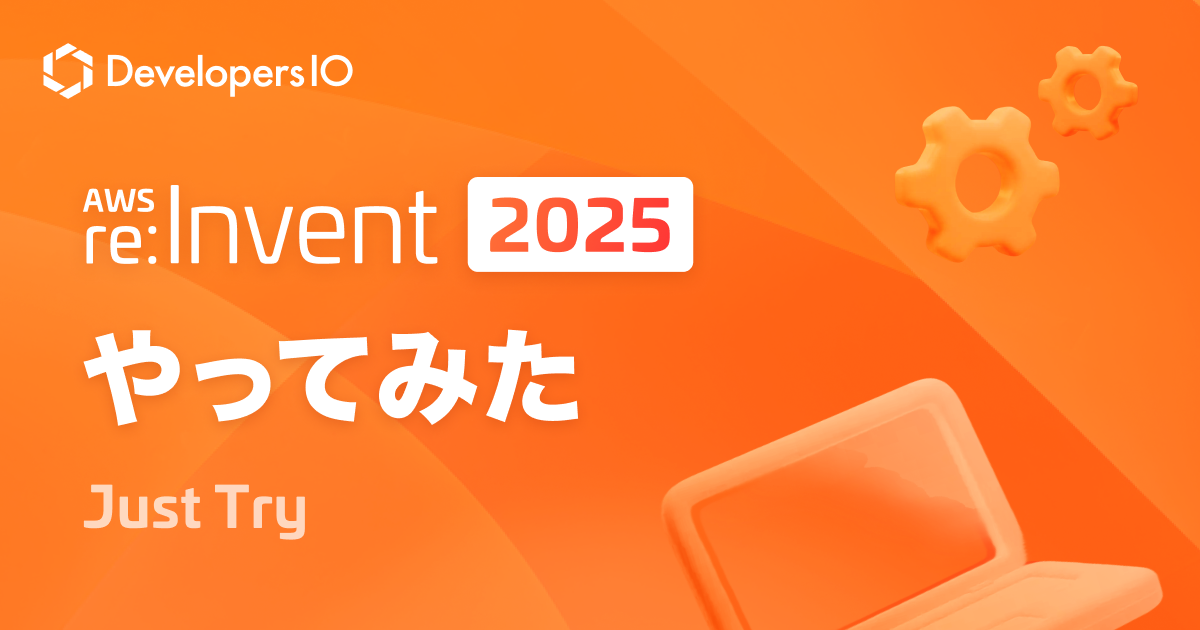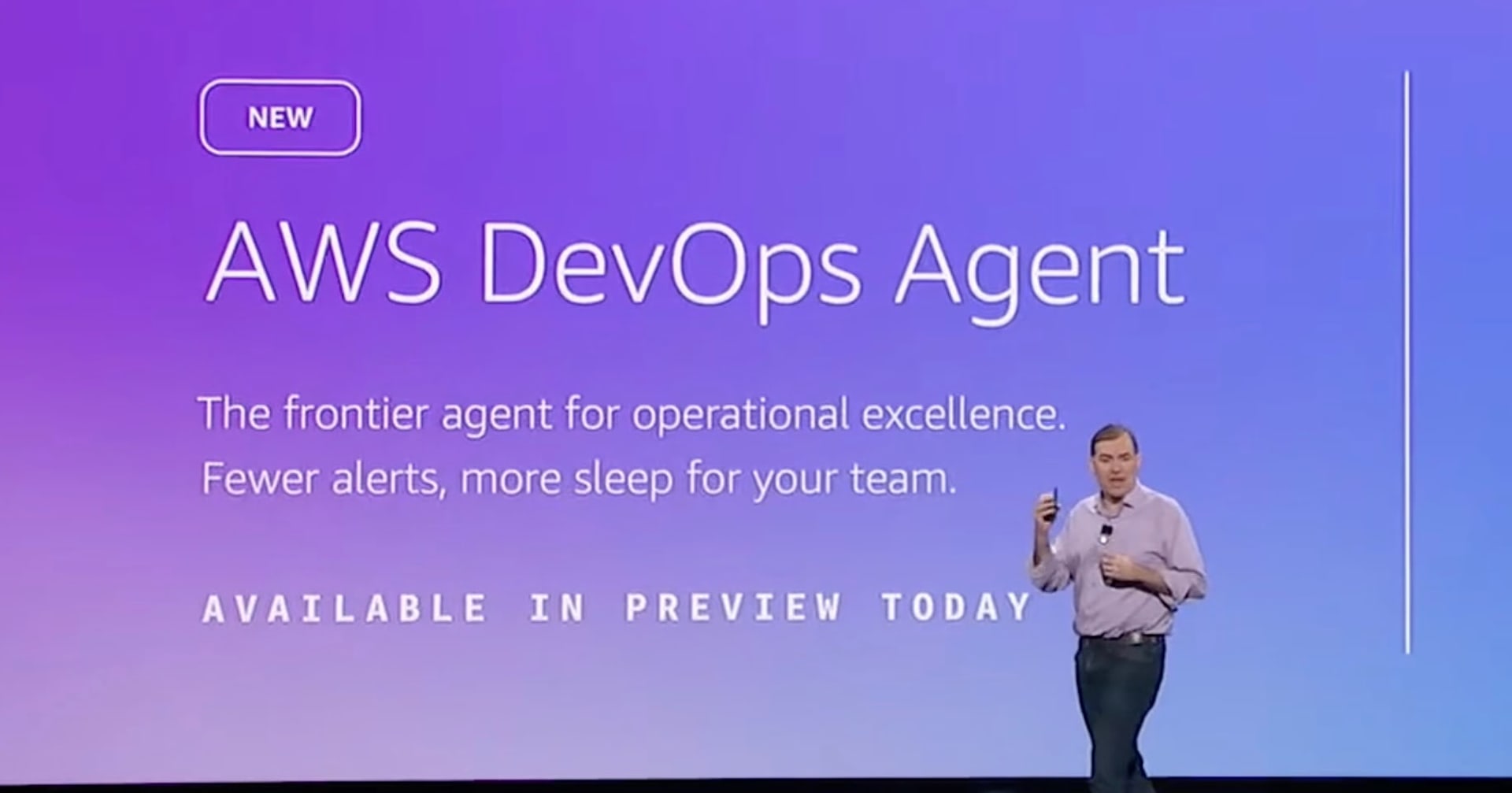
I Attended the Session 「Development Environment Refactoring Guide for too Busy Engineers」in DevelopersIO 2023
この記事は公開されてから1年以上経過しています。情報が古い可能性がありますので、ご注意ください。
Hello, this is Hemanth from the Alliance Department. Today, I'm writing a blog post about the insightful session titled "Development Environment Refactoring Guide for Busy Engineers" that took place at DevelopersIO 2023.
Introduction:
Are your daily development activities consistently overwhelming you? Are you constrained by a pattern of monotonous labor that leaves little chance for advancement? This was examined in a development environment restructuring guide created especially for time-constrained programmers at a recent keynote presentation at Developers IO 2023. I'll be telling about important ideas and tenets covered in the session in this blog, how you can use DevOps techniques to reorganize your development environment and increase productivity.
The Software Development Life Cycle
Consider your development process as an RPG game where the goal is to accumulate experience points and gain resources as quickly as possible. However, when you level up, the efficiency of your present tools and hunting spots decreases. You must choose between returning to base to improve your equipment and skills or continuing to hunt despite dwindling results.
The Lumberjack Dilemma
The "lumberjack dilemma" frequently occurs in the field of development. Which would be better: continuing to chop down trees with a blunt axe that only produces short-term results, or pausing to sharpen your axe and forgoing short-term gains? Making deliberate adjustments to your development environment's efficiency while maintaining the current flow of the Software Development Life Cycle (SDLC) is known as refactoring.
CALMS Framework
The CALMS Framework's five pillars—Culture, Automation, Lean, Measurement, and Share serve as our roadmap for your refactoring efforts.
Culture:
Create a DevOps culture within your company that emphasizes psychological safety, collaboration, and transparency. Encourage team members to share information, bridging the gap between stakeholders in development, operations, and business.
Automation:
Utilize automation to lessen manual labor and boost productivity. Automate repetitive processes to reduce human error-related mishaps and boost precision and reproducibility.
Lean:
Apply lean concepts to your development process, paying particular attention to removing steps that aren't beneficial. Accepting setbacks as opportunities for growth and learning, focusing on ongoing process improvements, and aiming for little, gradual adjustments rather than immediate transformations.
Measurement:
Implementing reliable measurement procedures can help you gain a thorough picture of your present development environment. Refrain from speculating and make data-based conclusions. Track progress by monitoring key performance indicators (KPIs) such as change lead time, deployment frequency, change failure rate, and service restoration time.
Share:
Encourage communication between teams and between departments. Utilize specialized dashboards to give insight into the state of the development. By promoting cooperation and exchanging best practices, cultivate a DevOps culture.

Tips for Refactoring Your Development Environment
Measurement:
Set observability, continuous measurement, and visualization as your top priorities. For making wise decisions, having a firm grasp of the circumstance is essential.
Lean:
Instead of making all the adjustments at once, do so gradually. If a major alteration is required, divide it into doable parts.
Automation:
Determine the regions that require the least amount of human involvement and arrange procedures accordingly.
SaaS (Software-as-a-Service):
To reduce maintenance and troubleshooting efforts, make advantage of ready-to-use tools and documentation. Accept continuing tool reviews and ongoing tool evolution.
Key Players in the Refactoring Process
On-site Developers:
Make use of the skills and knowledge of developers who are thoroughly aware with the conditions and difficulties on-site.
Platform Engineering:
To improve developer productivity and experience, create self-service tool chains and processes.
SRE (Site Reliability Engineering):
Adopt an SRE strategy where software engineers improve service dependability and operational excellence by putting DevOps principles into practice.
Conclusion:
You can free yourself from the chains of tedious work and increase productivity by refactoring your development environment using DevOps principles and the CALMS Framework. Accept lean principles, give automation a priority, track your development, and promote a sharing culture inside your company. Remember that choosing appropriate tools is critical in this journey toward an optimum development environment.
To gain further insights and explore this topic from a different perspective, I highly recommend checking the below blog of my senior collegue Seigo Watanabe San. Despite the fact that their blog is in Japanese, the depth and breadth of their expertise and experiences can add to the comprehension of the ideas covered in this post.









